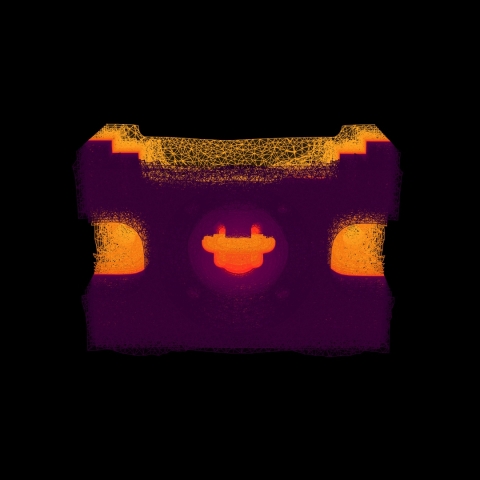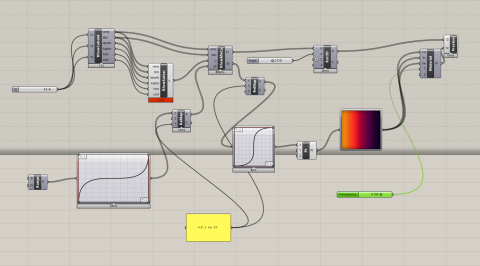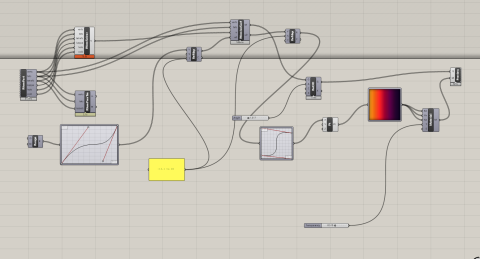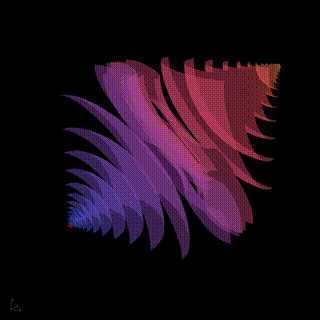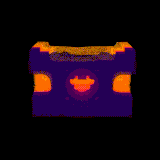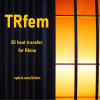
NOTE: This is a 3D heat transfer solver for building energy performance analysis and sustainability. The tetrahedral mesh can either be provided manually, or come from the TRmesh tet mesher.
An easy-to-use validated heat transfer solver on tetrahedral meshes, for energy engineering in Rhino3D 7 on Windows 10 or 11, Rhino version 7.15 and above.
Unlike another popular plugin for energy efficiency analysis, TRfem works fully volumetrically on a 3D tetrahedral mesh, and is extremely easy to use. Features:
- a solver
- a tet mesh previewer component
- a component producing an example tet mesh of an industrial part, so you see what input the solver expects
- a cube tet mesh producing component, in case you just want to experiment with a structured tet mesh
- a highly efficient and performant isosurface solver
For now, the user has to bring their own tetmesh if they want to go beyond the example tet meshes, but a mesher is on the way and will be included soon! Likewise, computation of energy dissipation will soon be included, as well as a humidity solver. The main solver component takes the following inputs:
- A list of points, the vertices of the tetrahedral mesh
- A list of tet indices into the point list. Each four indices represent one tetrahedron.
- A list of tetrahedral references. At index j, it indicates the material that tetrahedron j belongs to. These are indices into the next parameter, the conductivities. If unsure, just provide {0} here and {1.0} for the conductivities.
- A list of conductivities. At index i, it contains the conductivity of material i,in Watt per meter and Kelvin. Typical value is 0.02 for insulation foam, and 2 for concrete. Length of the list is the number of different materials your tetrahedral mesh consists of. If unsure, just provide {1.0}, standing for one material of conductivity 1.0. If there is only one material, the value has no influence on the result, as expected.
- A list of vertex indices that are hot, for instance exposed to interior heated air. These are the heat sources.
- A list of vertex indices that are cold, for instance exposed to exterior cold air. These are the heat sinks. The resulting temperature field will have a gradient that goes from the cold to the hot vertices.
Note that all other vertices are supposed to be exposed to a good insulator, for instance air that is not convective, such as air between walls. The resulting temperature field will have a gradient perpendicular to those boundary vertices, corresponding to absence of heat transfer in and out of these boundary patches. This is in accordance with the definition of a thermal bridge: "A structural component with much higher conductivity than the surrounding components". We therefore model the surrounding components as not receiving or emitting heat transfer at all.
The algorithm and implementation have been reviewed and published in https://doi.org/10.3390/encyclopedia2020067. TRfem is fully EN ISO 10211:2017 and 10077:2017 compliant.
Apart from eigen 3.4, no open source software was used. The entire implementation was written by myself from scratch.
- Category:
- License Type:





